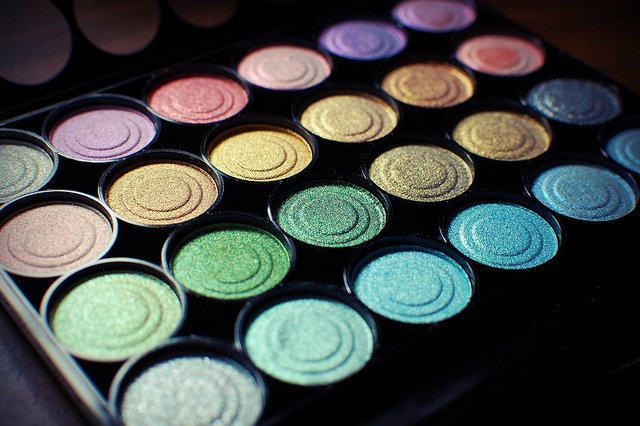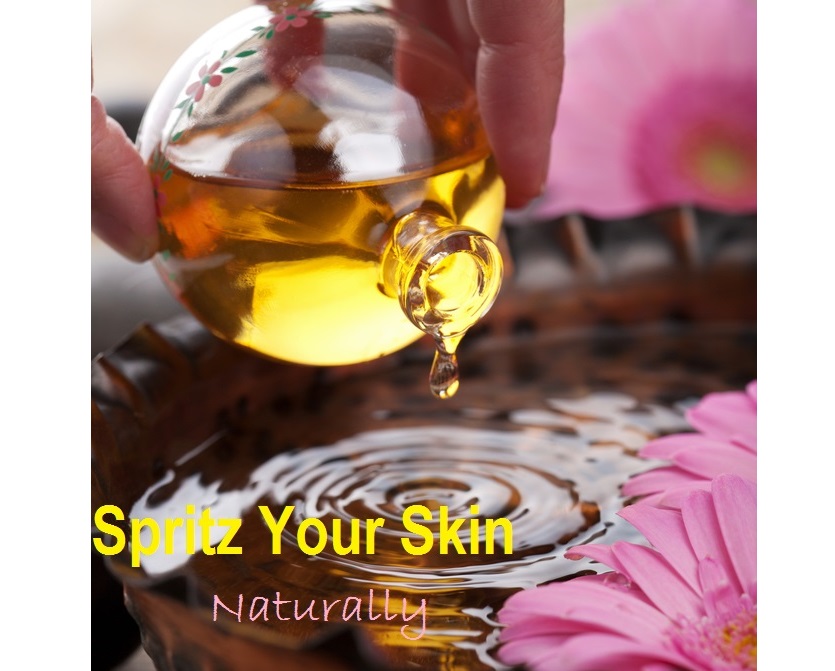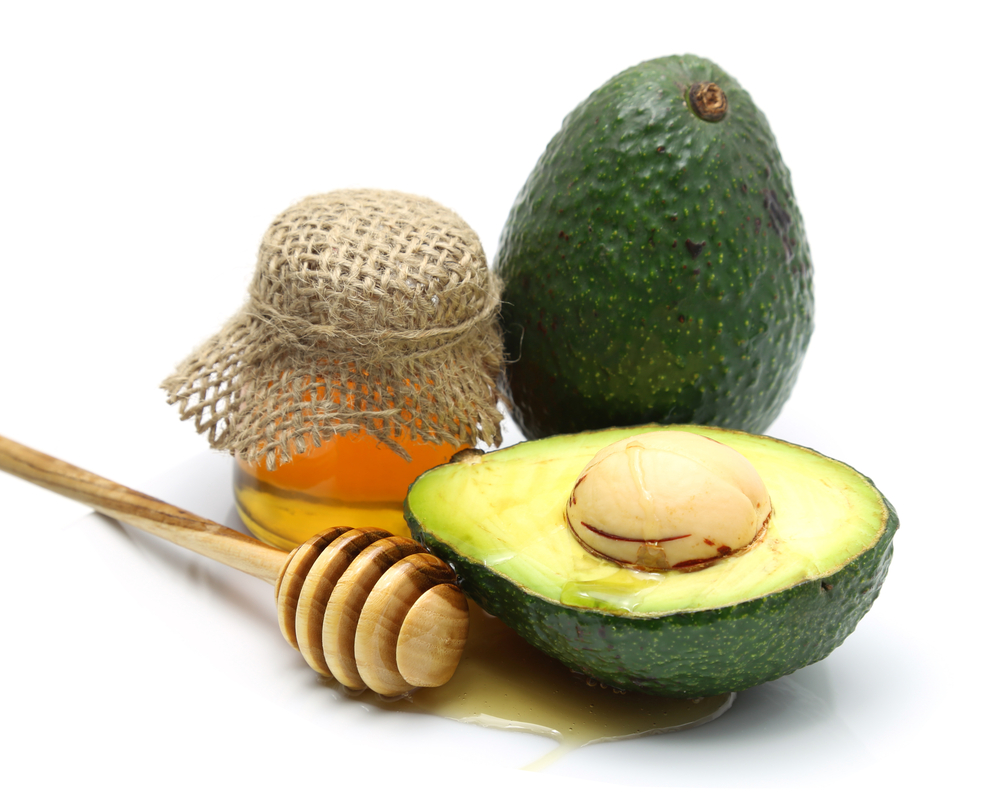Here’s what to look for to avoid dangerous ingredients – including nasty carcinogens that can cause cancer with long term use. The list of dangers in cosmetic products is long, very long…
When you head to the beauty department to pick up a new lipstick, you may get more than you bargained for. It turns out that many cosmetics have dangerous ingredients that could cause health problems for you.
You may think that since cosmetics are applied to the outside of your body, they aren’t too large a concern. But products such as lipstick and lip linerdo end up being ingested through normal wear.
Even if you didn’t ingest them, it turns out that your skin actually absorbs a lot of chemicals that will end up directly in your bloodstream. That means that what you put on the outside of your body is just as important as what you put in it.
In fact, a recent study of teenagers found that many of them had toxic chemicals in their bloodstream as a result of cosmetic use. It’s very important that you know what to avoid in your cosmetics before you buy them.
Danger #1 – Pay Attention to Preservatives
Commercial makeup is made to sit on shelves for long periods of time. The only way that can work is if they’re filled with preservatives. Many cosmetics have dangerous preservatives in them.
Some of these include DMDM hyantoin and dizolidinyl urea. What makes these so dangerous is that they release formaldehyde as they break down. Formaldehyde is a known cause of cancer.
Parabens Cause Fertility Problems – Which May Lead To Cancer
Parabens are common preservatives used in makeup. The problem with parabens is that they mimic estrogen. When women are exposed to levels of estrogen that are too high, they may experience fertility problems and this can even lead to cancer.
Parabens are found in many cosmetic products including shampoos, foundations, and mascaras. You’ll need to read labels and look for products that are labeled paraben-free.
This is the only way to guarantee that you’re avoiding this dangerous ingredient. You’ll need to look for the terms methylparaben, propylparaben, ethylparaben, butylparaben, and isobutylparaben.
Danger #2 – Lead in your Lipstick
Lead is a heavy metal that is toxic to the body. It’s been eliminated from paint and the water supply, yet lipstick manufacturers still allow it to go into their product.
Lead in lipstick is particularly concerning because lipstick is often ingested directly into the body throughout the day. In a recent study, 75 percent of lipsticks sampled actually contained lead.
Why is lead used in lipstick?
It turns out that the metal is used in some of the dyes used to give lipstick its color. But lead isn’t the only heavy metal found in lipstick.
Cadmium may be in your lipstick too.
Cadmium is another heavy metal that has been found in an alarming number of lipstick products. Cadmium is a known carcinogen, a product that causes cancer. In particular, cadmium has been shown to increase the risk of breast cancer.
Get our healthy, natural Coconut Oil Lip Balm Recipe here.
Danger #3 – Finding Formaldehyde in Your Cosmetics
Formaldehyde is a chemical best known for fixing dead tissues for dissection. It’s not used as much in the lab anymore because it’s also a known carcinogen. But that doesn’t mean it’s off the market.
In fact, formaldehyde is a common ingredient in nail polish, nail hardeners, glues for eyelashes, soap, shampoo, deodorant, and hair gel. The most common places you’ll find it are nail hardeners and hair straightening chemicals.
Again – you need to check labels. However, formaldehyde is also found in another form called formalin. Formalin should also be avoided in cosmetic products. In addition to causing cancer, formaldehyde in all its forms can cause irritation.
Danger #4 – Phthalates in Your Fragrances
Phthalates are common industrial chemicals used in plastics. They’re most often used to soften plastics for shower curtains. That’s what you’re smelling when you open a brand new vinyl curtain.
But they’re also used in fragrances for air fresheners, cleaning products, and even your cosmetics. Phthalates work in cosmetics to help the material hold on to fragrances or colors.
These are common in product such as soaps, hair care products, and lotions that are scented. You can also find them in fragrances, but the dangerous thing is that perfumes and colognes aren’t required to label them.
Phthalates are so common that it’s almost impossible to avoid them completely – but you certainly don’t want to be adding them to your body directly if you can avoid it.
Why Avoid Phthalates?
Phthalates are so dangerous because they caused hormonal imbalances. Hormones are responsible for all of the processes that are carried about by your body.
They’re thought to actually cause male babies to become more feminine during development. They’re also associated with infertility, especially poor sperm quality. Phthalates actually reduce the levels of sex hormones in the body.
As a result, it’s thought that phthalates could also cause an increased risk of breast cancer. It is documented that phthalates can cause breast tumor cells to increase.
Try these deliciously natural chemical free homemade skin care recipes.
Danger #5 – Triclosan in Your Toothpaste
Triclosan is a preservative used to fight bacteria. This is often found in antibacterial products. While it seems that it would be good to fight bacteria, it turns out that this product actually leads to antibiotic resistant bacteria.
That means the bacteria are harder to treat should you be infected by them. In addition, triclosan can cause hormonal problems and environmental problems when it ends up in the water supply.
Triclosan can cause algae to die, which affects the entire ecosystem. It can also build up in fish and other life that lives in the water, causing disruption to the ecological framework.
It’s found in many products that are common in households – such as toothpaste, deodorant, and other cosmetics. It’s used to keep bacteria from growing and also to prevent odor.
Triclosan has been found in human breast milk samples as a result of personal care items. There are many concerns about what exposing infants to triclosan can do to harm them.
Be especially careful with your toothpaste if pregnant or nursing.
When it comes to soaps, you should skip the anti-bacterial products and opt for plain soap and water. Avoid products that are labeled as having triclosan in them.
Danger #6 – Hidden Dangers from 1,4-Dioxane
A chemical known as 1,4-dioxane is a product that doesn’t have to be labeled on cosmetic products. That’s because it’s produced during manufacturing rather than being added to a cosmetic product.
This chemical is known to cause breast cancer and can also cause cancer in animals. It’s toxic to the kidneys, brain, and respiratory system. This chemical is so common that it’s possible you could be exposed to it in many products throughout the day.
For example, it can be found in shampoo and body wash – and is often found in children’s bubble bath. The 1,4-dioxane can be found in any product that creates a lather or suds. It’s a product that comes from the manufacture of products containing sodium laureth sulfate.
While it seems that it’s impossible to avoid this chemical, there are alternatives to it. This is especially true if you look for products that are certified as USDA Organic, though there are other products that aren’t certified and still are free from this chemical.
Danger #7 – Nitrosamines Are an Unnatural Impurity
Nitrosamines are chemicals that come from an impurity of ingredients used in personal care products. They’re commonly found in mascara, conditioner, concealer, and sunless tanning products.
Nitrosamines are so dangerous they are banned in Europe. But beware, still in many US cosmetics, including mascara
Banned In Europe and Canada – Still Used In The USA!
These are known cancer-causing chemicals that have been banned in Canada and the European Union. However, they haven’t been banned in the United States.
This chemical has been found to build up in the liver, the bladder, and other parts of the body after being absorbed through the skin. It’s extremely toxic and can cause ill health effects in addition to causing cancer.
In the United States, the FDA encouraged cosmetic companies to voluntary remove nitrosamines, it can still be found in about 10 percent of products on the shelves. And after a product is opened, the nitrosamine concentration can actually increase over time.
Danger #8 – Beware of Hydroquinone in Lighteners
Many people turn to skin lighteners, but these products often contain hydroquinone, a harmful chemical. This chemical can also be found in hair relaxers, hair extension glues, and hair coloring products.
Hydroquinone Is Highly Dangerous! Often in skin lightening, hair relaxers, and even many hair coloring products.
It can also be found in facial cleansers and moisturizers as well as hair conditioners. This chemical is thought to increase your risk of skin cancer by reducing the amount of melanin in the skin as well as from exposure to the chemical itself.
Melanin is your body’s natural chemical for sun protection. This makes your skin more vulnerable to the UVA and UVB rays from the sun. This chemical is banned in the European Union, but is still allowed in the United States.
This chemical is also toxic for the immune system, reproductive system, and endocrine system. It’s also considered a neurotoxin that can negatively affect the brain.
Hydroquinone Is Highly Dangerous!
This is considered one of the most dangerous chemicals found in cosmetics and should be avoided at all costs. Make sure to check your product labels for it and do your homework to find out if it’s in any of your skincare products.
So, What Products Are Safe to Use?
After reading about all of these harmful chemicals, you may wonder if there’s anything you can use safely. You may think that by buying products labeled “natural” – you’re safe.
But the truth is that the word “natural” isn’t really regulated. Your best bet is to look for companies that have clearly represented the chemicals in their products and promised to eliminate known toxins.
There are many online databases that can tell you whether or not a specific product you use contains harmful chemicals. For example,www.ewg.org/skindeep/ will give you information about thousands of products on the market.
No Simple Answers About Safety
There’s no one blanket answer for which products are safe and which aren’t. One thing you can do is look at the label for ingredients. While not all chemicals are required to be on the label, many are.
When you see ingredients you can’t pronounce or that sound like chemical names, you can look those up and figure out if they’re safe. Many organic products or herbal formulas that are free from chemicals are safer to use.
Organic Is Good – But May Not Be Totally Safe
You can also look for the USDA-certified organic label that means at least 95% of the ingredients are organic. However, just seeing the word “organic” on a cosmetic doesn’t mean it’s safe.
You can also avoid some of the most common products that contain unsafe chemicals – including anti-aging creams, hair dyes, nail polish with formaldehyde or toluene, skin lighteners, hair spray or hair gel containing isobutene, and heavily scented products.
It’s also possible to make some of your own cosmetics at home using ingredients you can find in your kitchen such as olive oil, coconut oil, herbs, essential oils and other natural ingredients.
It may be impossible to completely avoid chemicals in cosmetics, but you can do a lot to reduce the amount that come into contact with your body. By carefully reading labels and doing a little bit of online research, you can eliminate most of the harmful ingredients from your cosmetics.
Take a look at our Anti Aging Natural Beauty Recipes infographic here. It’s not only healthier, but easy and fun making up your own creations!
Start by looking through the cosmetics you have now. Even if you can’t afford to throw everything out, you can start to research alternatives so that when it’s time to buy your next bottle of moisturizer or tube of lipstick, you’re ready with a safer alternative.
If It’s On Your Skin – It Will Get Into Your Body – So Play It Safe!
Remember that everything you place on your skin makes its way to your bloodstream.
If you wouldn’t want to eat the chemicals in your cosmetics, you shouldn’t put them on your skin.
Check out PrimeNaturalBeauty.Com for loads more articles and infographics on homemade cosmetic and beauty recipes.
| Read more: Chemicals to Avoid in Cosmetics |
Make A List – Here’s What To Avoid in Your Beauty Routine
- hyantoin and dizolidinyl urea
- formaldyhyde
- parabens (look for paraben-free)
- methylparaben,
- propylparaben
- ethylparaben
- butylparaben
- isobutylparaben
- lead
- formalin
- cadmium
- phthalates
- triclosan
- 1,4-dioxane
- nitrosamines
- hydroquinone
Read more about Chemicals and Ingredients in cosmetics at the USA FDA here.




